FRONT CONTRE FRONT, ENSEMBLE !
Work labeled Olympiade Culturelle Paris 2024
July 4 to September 4, 2024
As part of the 2024 Olympic and Paralympic Games in Paris, the sculpture FRONT CONTRE FRONT, ENSEMBLE ! highlights the notion of confrontation at the heart of sporting competition.
Two giant furculas or "wish bones" meet, positioned face to face. They clash, forming an arc of Hope in the Parisian sky:
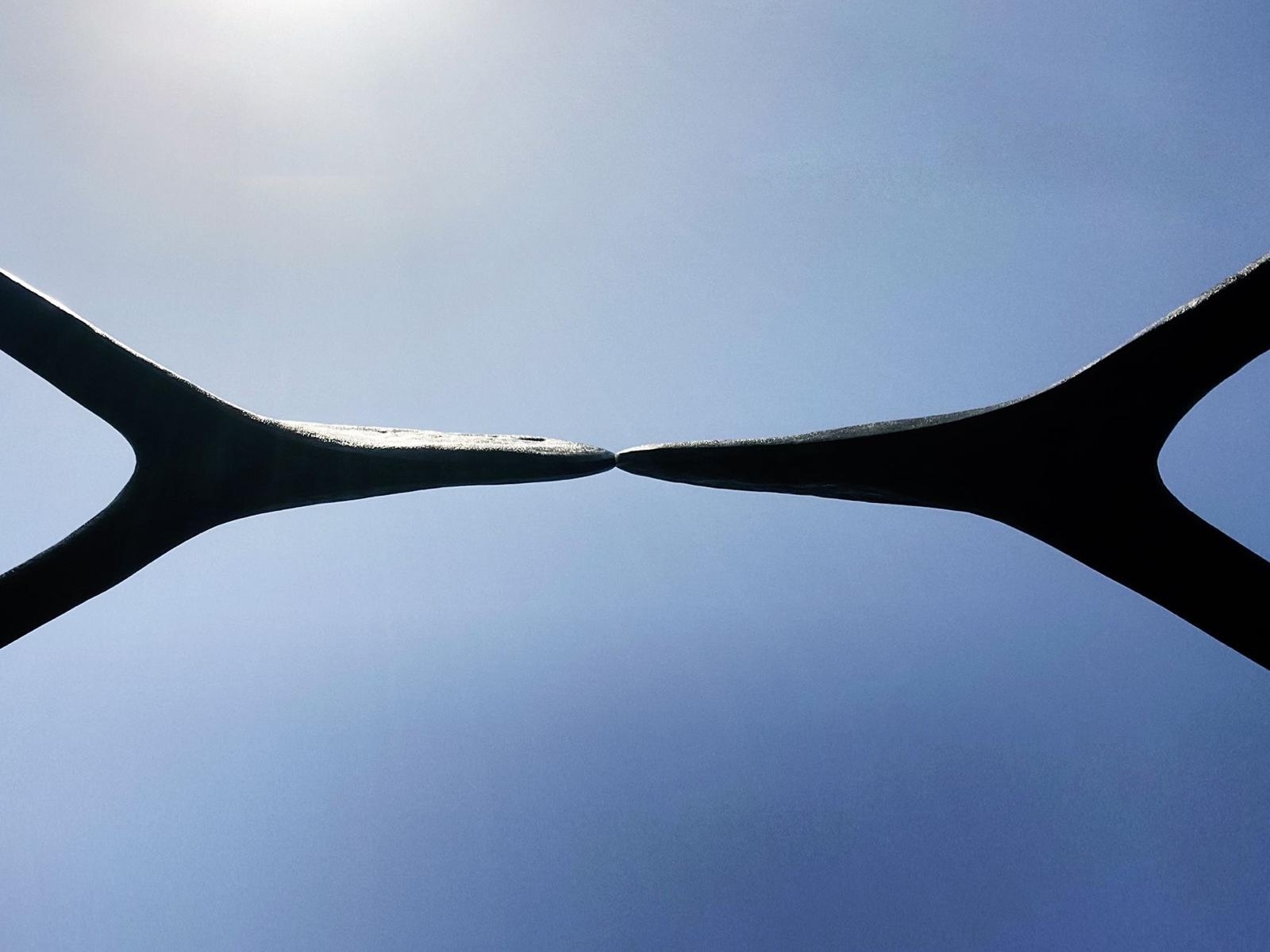
ENTER THE GAMES, MAKE A WISH!
At this very moment in the confrontation, they are on an equal footing. They look at each other, there is no winner or loser. A suspended moment when anything is possible, for either of them.
OLYMPIC VALUES
" The important is to have fought well"... this is the motto expressed by Baron Pierre de Coubertin on the occasion of every Olympic competition, and embodied here in a creation made of bronze. This creation invites the public to wander beneath the sculpture, linger and make a wish that will remain a secret.
In the run-up to this major sporting event, which will bring together athletes from all over the world, the wish bone sculpture embodies the Olympic values of equality, non-discrimination, sustainability, sportsmanship, education, culture and peace.
FRONT CONTRE FRONT, ENSEMBLE ! conveys a universal message of fraternity, solidarity, excellence and respect for humanist values.
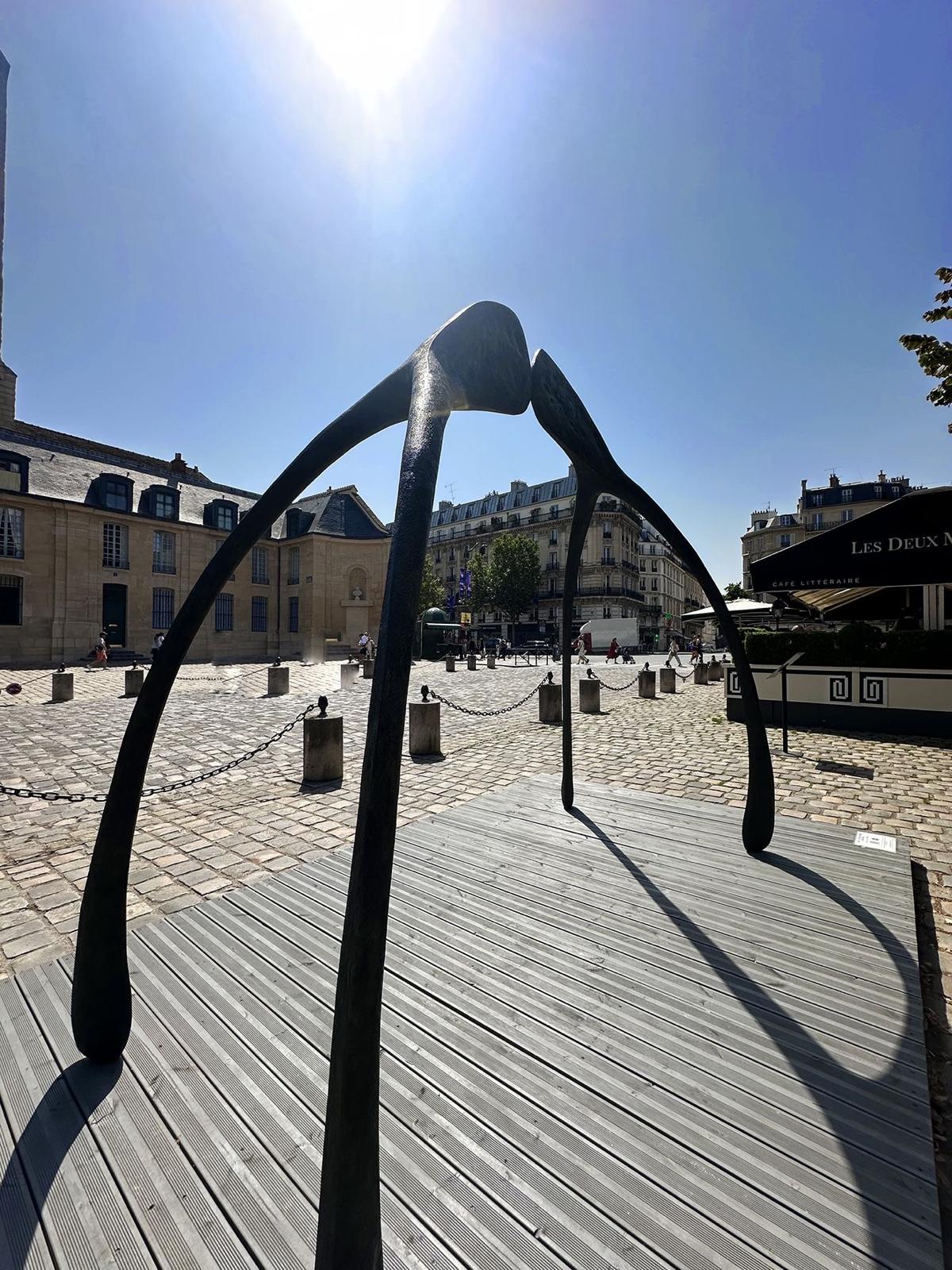
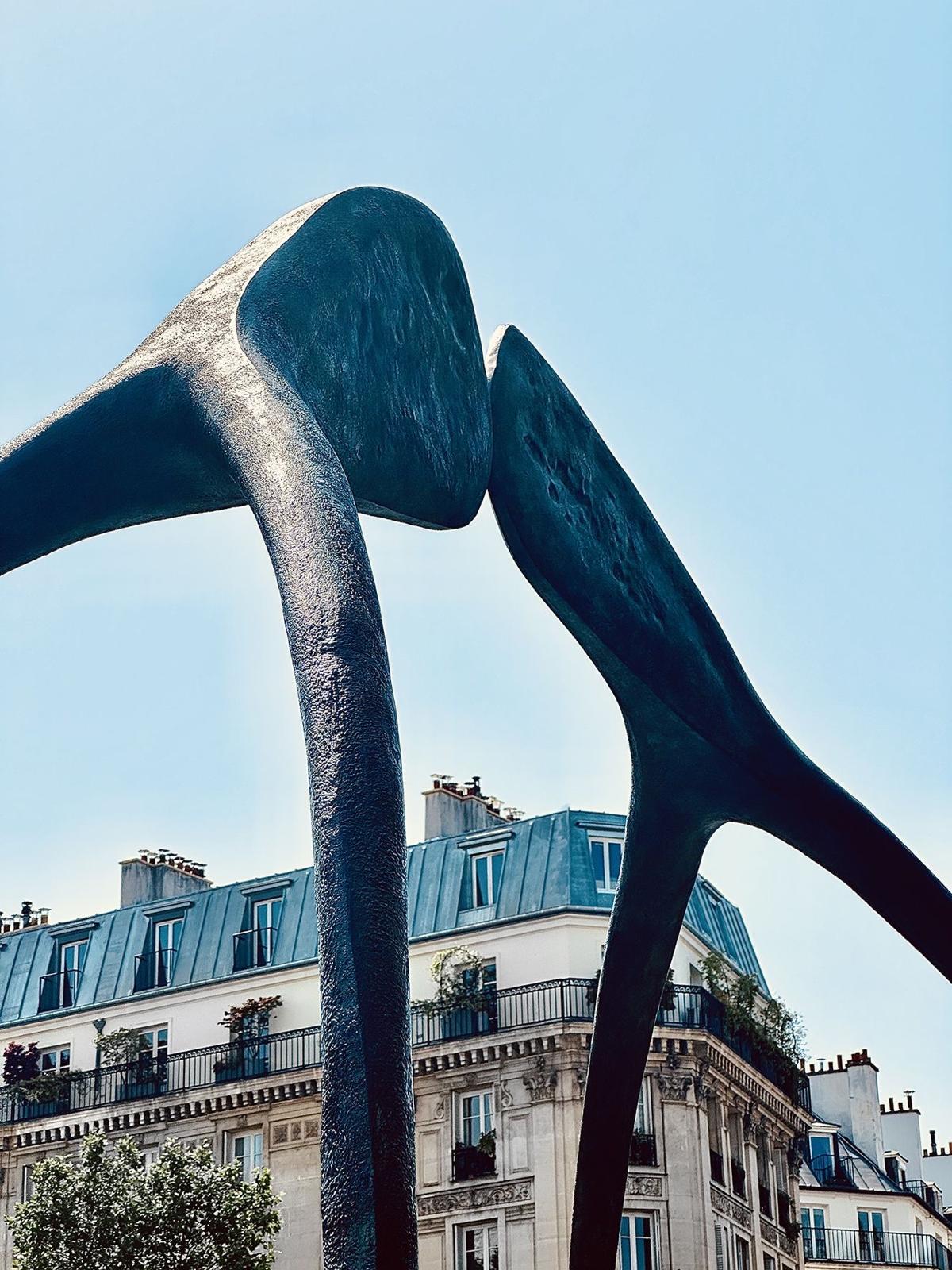
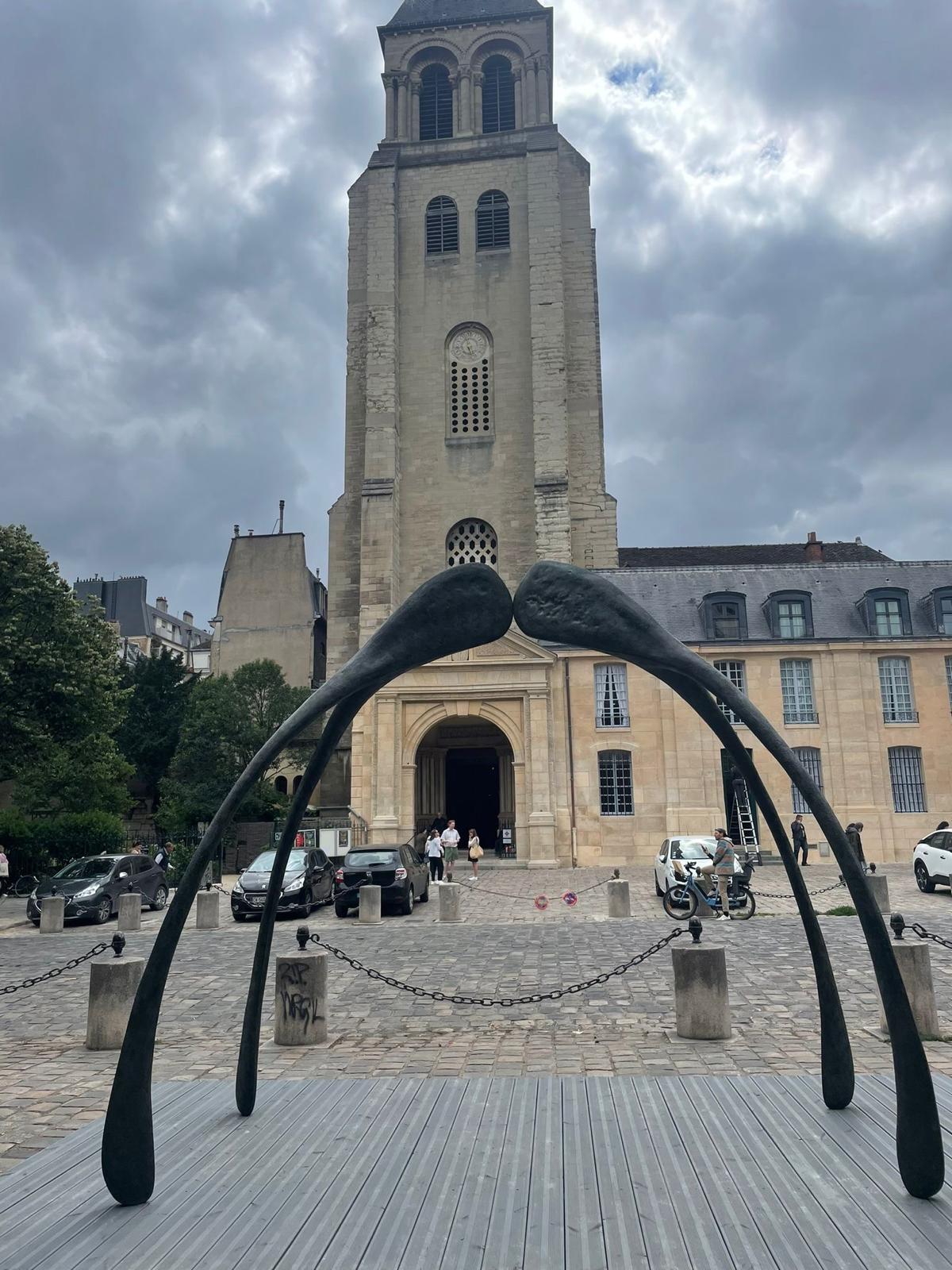
HAPPY MEMORIES
The furcula is a bone usually in the shape of a "V" or a "Y" found in birds, and consequently on the carcass of our Sunday chicken.
Marie-Laure cherishes that moment when, at the end of the meal, two grab the
the little bone, each pulling one side until it breaks, while making a wish. Who will get their wish realized, the one with the longest branch or the one with the shortest? A family tradition that varies.
SYMBOLISM OF THE BONE
It is the backbone of the body. It is the permanent, primordial element of being, and therefore a symbol of firmness, strength, virtue and immortality. Bone contains marrow, the carrier of life, like the kernel contains the almond. It is therefore also a symbol of revitalization and restoration.
A BELIEF DATING BACK TO THE ETRUSCANS
Historians believe that the tradition of the wishbone originated in Etruria, 400 years BC. The Etruscans, an ancient civilization in northern Italy, were convinced that men must bend to the will of the Gods. This meant understanding the signs the Gods sent them.
Etruscan priests and diviners used hens and roosters in rituals, attributing divinatory powers to them.
The bone was chosen and venerated for its unique shape, which evokes the female crotch, a symbol of life and fertility. The tradition of breaking the bone did not exist in those days: it had to be kept whole, otherwise its powers would be lost.
It was the Romans who changed the tradition: "There were too few sacred bones and too many lovers of good graces". So they came up with the idea of breaking the bone in two. The Roman conquests allowed this tradition to spread from country to country, well beyond the Mediterranean basin.
Later, Europeans carried this superstition in their trunks all the way to America.
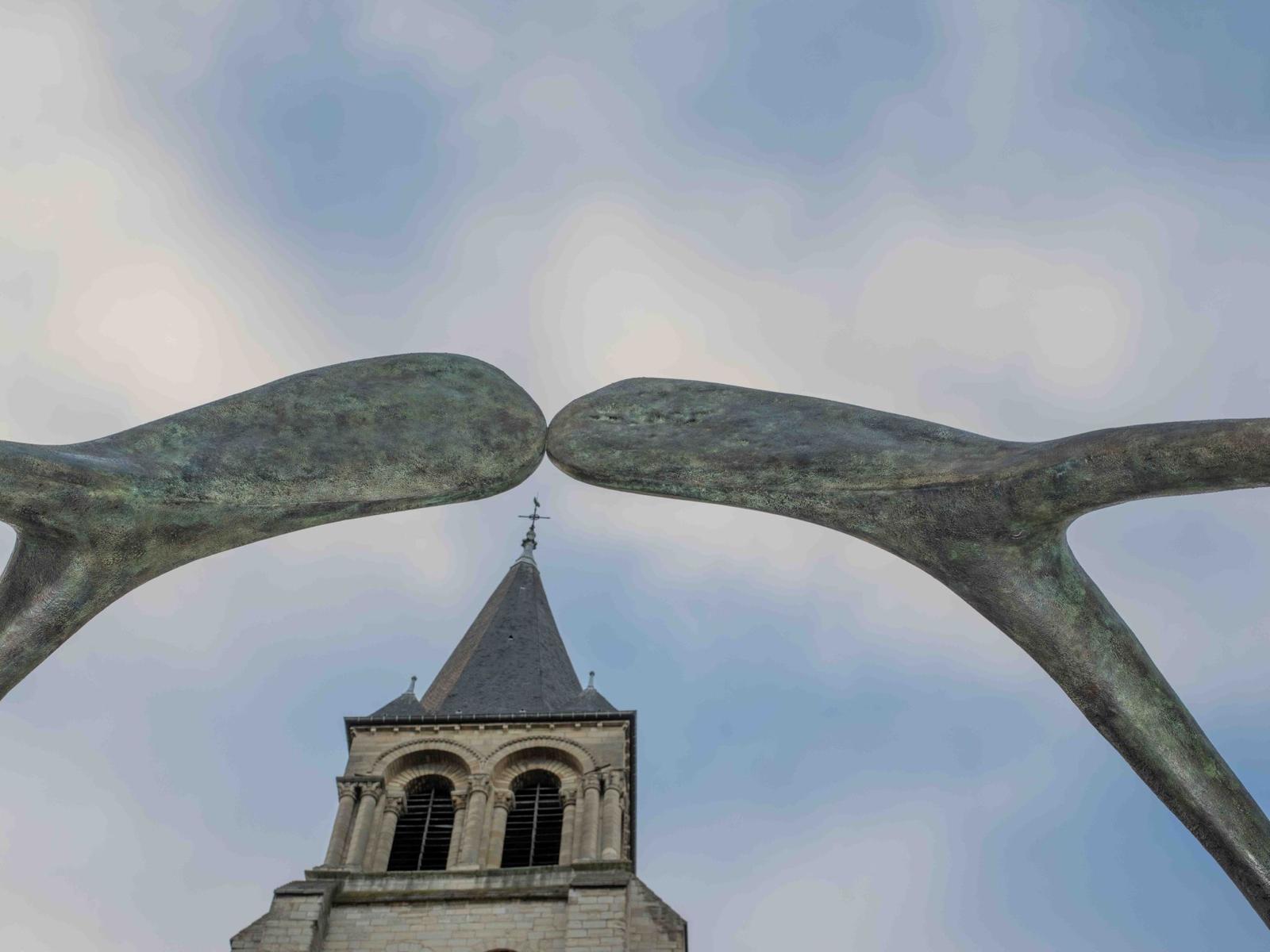
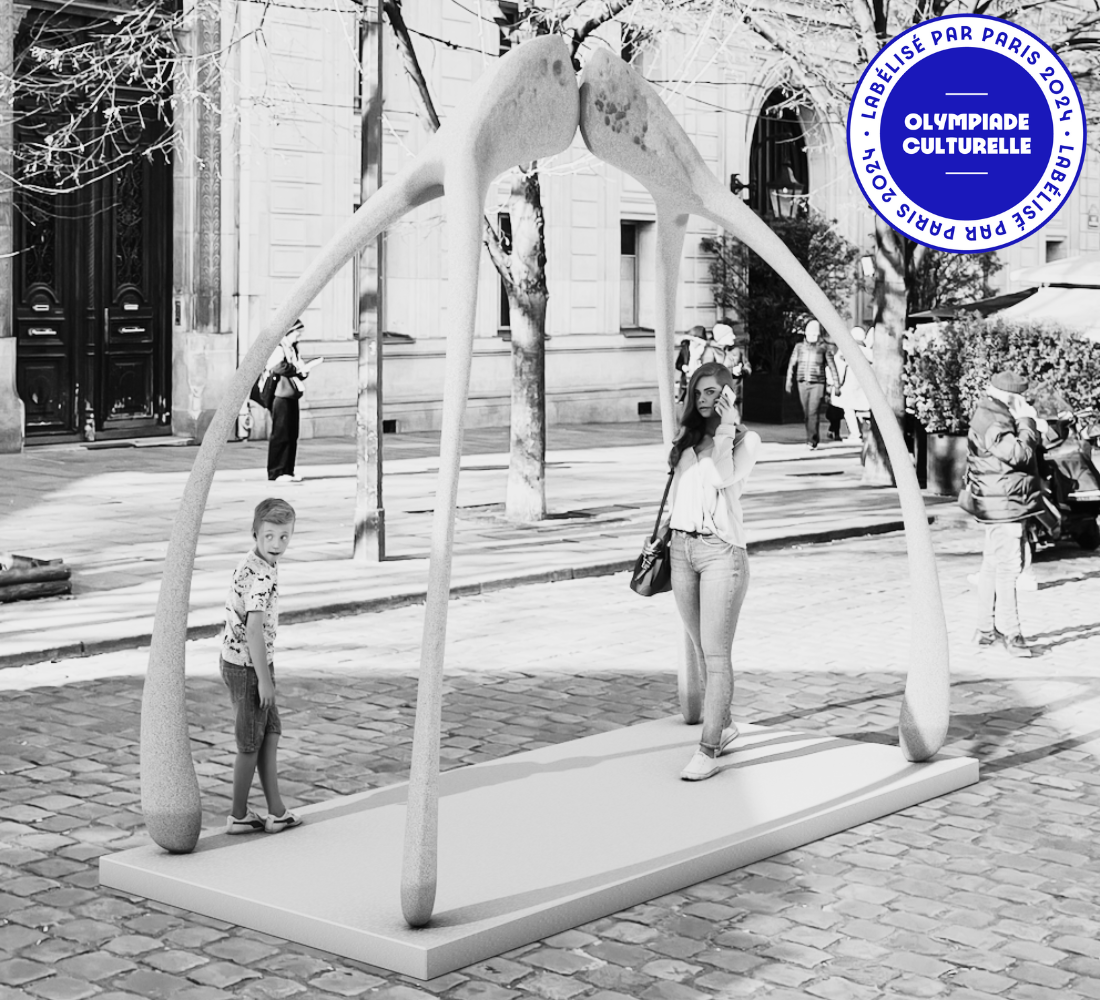
Place Saint Germain des Prés, Paris
